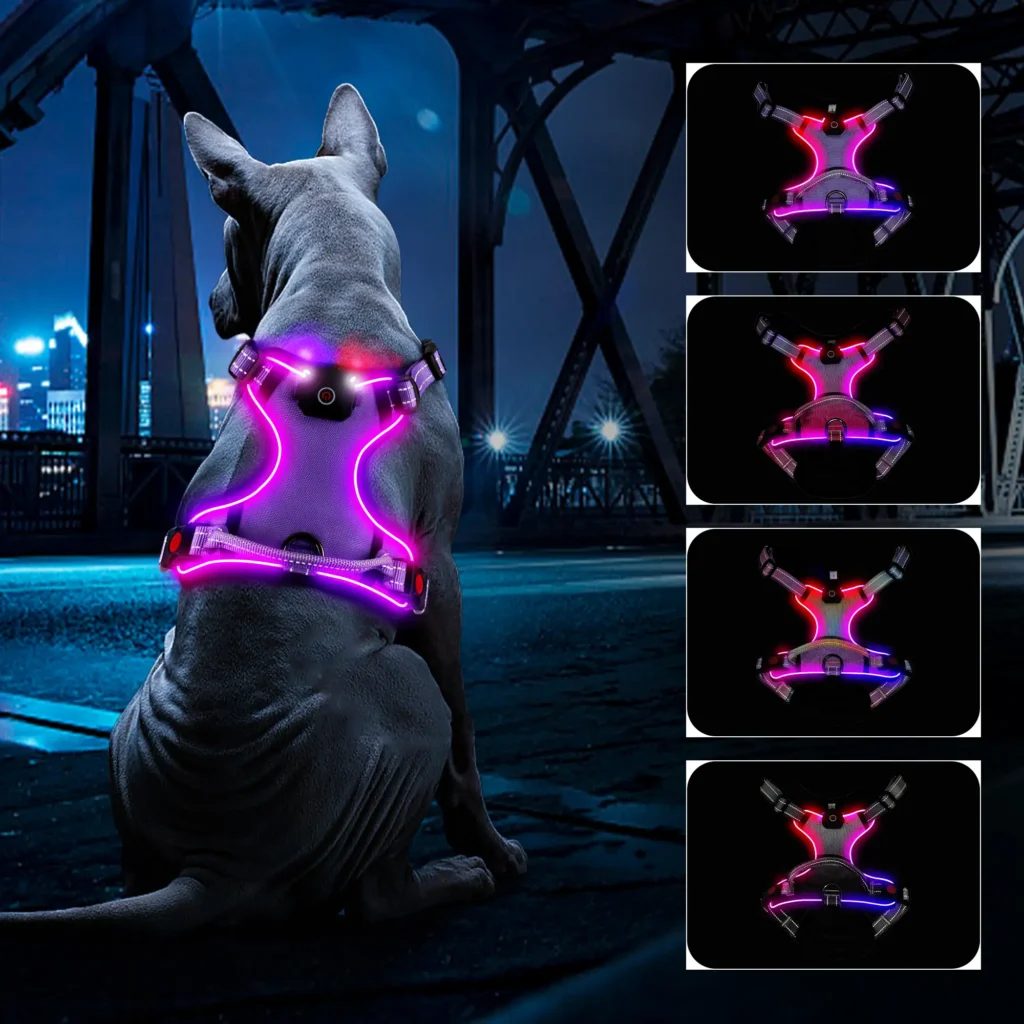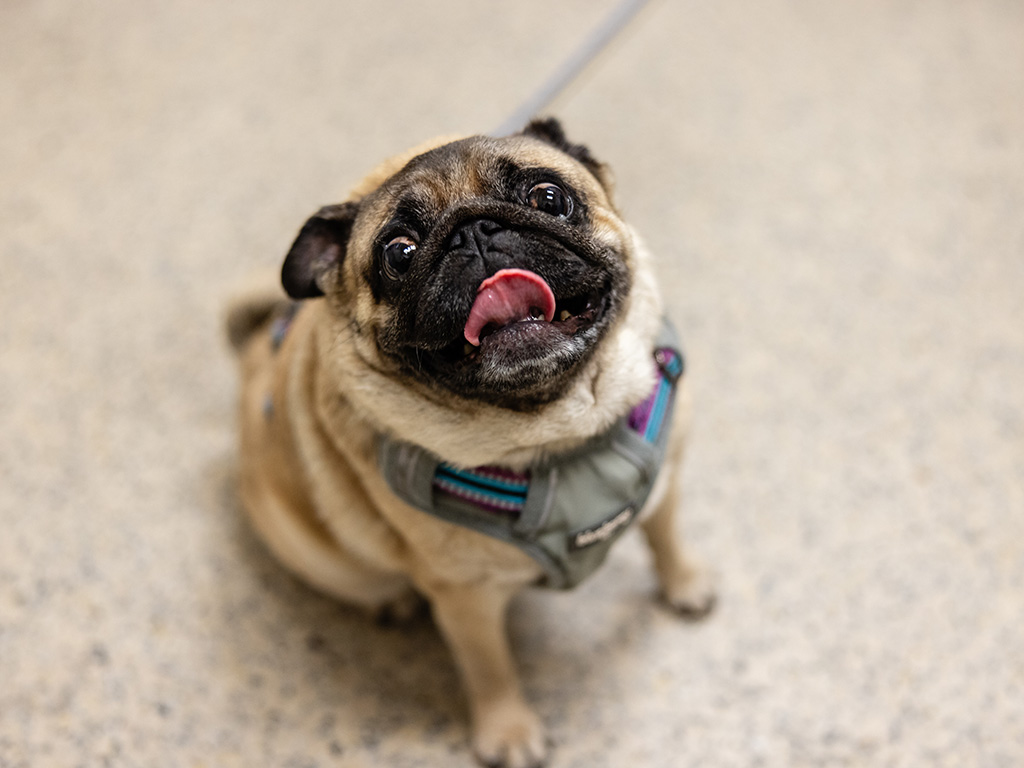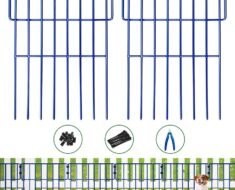Getting your dog used to a harness can sometimes feel like a battle. You want walks to be fun and safe, but the struggle to get your dog to wear the harness can make you both frustrated.
What if you could teach your dog to accept the harness calmly and without resistance? You’ll discover simple, step-by-step tips to make harness time smooth and stress-free. By the end, you’ll have a cooperative dog ready for every walk, making your routine easier and more enjoyable.
Keep reading to learn how to turn harness struggles into a thing of the past.
Benefits Of A Cooperative Harness Routine
A cooperative harness routinehelps reduce stressfor dogs. Wearing the harness becomes a calm and easy habit. Dogs feel safe and relaxed during walks.
Walks become more enjoyablefor both dogs and owners. Dogs walk calmly without pulling or fussing. Owners can guide their pets smoothly and confidently.
Such routine also strengthens the bondbetween owners and dogs. Trust grows as dogs learn to accept the harness. Owners show care and patience during the process.
Choosing The Right Harness
Choosing the right harnessmakes a big difference for your dog’s comfort. There are several types of harnessesto consider. Some fit around the chest and back, while others wrap around the neck and shoulders. Each style offers different control and comfort levels. Try a few to see what your dog likes best.
Sizing for comfortis very important. A harness that is too tight can hurt or irritate your dog. One that is too loose may slip off. Measure your dog’s chest and neck carefully. Check the size guide on the harness package. Adjust straps to fit snugly but not tight.
Material considerationsaffect how your dog feels wearing the harness. Soft, padded materials can stop chafing. Lightweight fabrics keep your dog cool. Strong materials like nylon last longer. Choose a harness that fits your dog’s needs and activity level.
Preparing Your Dog
Let your dog see and sniff the harnessfirst. Place it near their bed or toys. This helps familiarizethem with the new object. Gently touch the harness on their body for a few seconds. Praise your dog with calm words and gentle petting.
Use treats to create positive feelings. Give a small treat when the harness is near. Reward your dog each time they stay calm around it. This teaches them the harness means good things.
Keep the room quietand calm during training. Turn off loud sounds and distractions. Speak softly and move slowly. A peaceful place makes your dog feel safe and relaxed.
Step-by-step Harness On Training
Start by showing the harnessto your dog. Let them sniffand explore it calmly. Do not rush or force the harness on. This helps your dog feel safeand interested.
Encourage your dog to touch the harness by using treats or toys. Praise them softly for any interaction. Allow your dog to put their head nearor inside the harness on their own. Voluntary steps build trustand reduce fear.
Use small treats and kind wordswhen your dog stays calm near the harness. Reward often during the process. This makes the experience positiveand helps your dog want to wear it.
Step-by-step Harness Off Training
Watch your dog’s body language to know the best time to remove the harness. Signs like calmness or standing still mean your dog is ready. Avoid pulling the harness off too fast. Slow and gentle movements help your dog feel safe. Softly unclip the harness and slide it off without rush.
Use treats or kind words right after removing the harness. This shows your dog that being calm brings rewards. Praise helps your dog learn that taking the harness off is a good thing. Repeat this often to build trust and good habits.

Credit: qqpets.com
Handling Common Challenges
Resistancehappens when dogs don’t want the harness on. Stay calm and patient. Try using treats to encourageyour dog. Let them sniff the harness first. Put it on slowly and gently. Praise your dog a lot. Take breaks if needed.
Dogs can get too excitedduring harness time. Keep sessions short and quiet. Use a soft voice to calm them. Give a small treat to reward calm behavior. Practice often so your dog learns the routine.
Fear or anxietycan make harness training tough. Watch your dog’s body language closely. If they seem scared, stop and try again later. Use a cozy spot where your dog feels safe. Move slowly and speak softly. Show lots of love and patience.
Maintaining Consistency
Establishing a routinehelps your dog learn faster and feel safe. Use the same time and place to put on and take off the harness. Keep sessions short and calm. Praise your dog with kind words or treats. This builds trust and makes harness time pleasant.
Tracking progressshows what works best. Write down how your dog reacts each day. Note any problems or successes. Small steps count. Celebrate even little improvements to stay motivated.
Adjusting techniques as neededmeans staying flexible. If your dog seems scared or upset, try a slower approach. Use softer words and gentler movements. Change treats if your dog loses interest. Every dog is different. Patience is key.

Credit: vetmed.tamu.edu
Tools To Support Training
Clickers or markershelp dogs know exactly when they do right. A quick, clear sound tells your dog, “Good job!” This helps speed up learning and makes training fun.
Treat poucheskeep rewards handy and easy to reach. Having treats ready stops long pauses. Dogs stay focused and excited to learn more.
Training apps offer timers and reminders. They track progress and suggest next steps. Apps keep training sessions short and consistent.

Credit: peachonaleash.com
Frequently Asked Questions
How Do I Introduce A Harness To My Dog?
Start by showing the harness and letting your dog sniff it. Use treats to create positive associations. Gradually place the harness on your dog for short periods, increasing time as they get comfortable.
What’s The Best Way To Teach Off Routine?
Use consistent commands like “off” or “remove. ” Reward your dog immediately after they comply. Practice daily to build understanding and make the routine smooth and stress-free.
How Can I Prevent Struggles During Harness Removal?
Stay calm and use gentle, confident movements. Distract your dog with treats or toys. Avoid force or sudden actions to keep the experience positive and cooperative.
How Long Does It Take To Train Harness Off Routine?
Training time varies but typically takes 1-2 weeks with daily practice. Consistency and positive reinforcement speed up learning. Patience is key to avoid setbacks.
Conclusion
Teaching your dog to wear a harness without fuss takes patience. Start slow and keep training sessions short. Reward good behavior with treats and praise. Practice daily to build your dog’s comfort and trust. Stay calm and consistent during every step.
Soon, your dog will accept the harness happily. Enjoy peaceful walks together without stress or struggle. Simple steps lead to strong bonds and happy pets.





